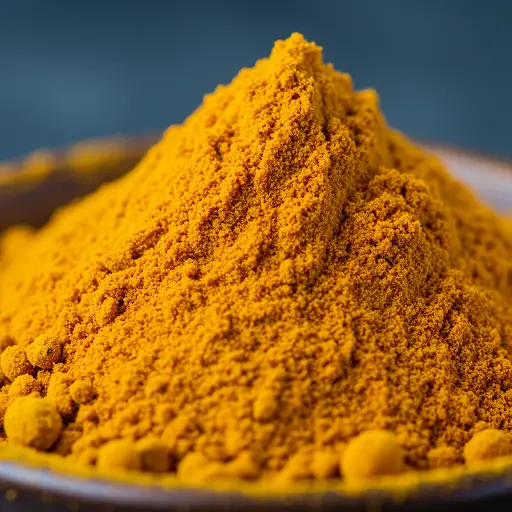How to Use Carrot Leaves in Your Garden: 2 Simple and Effective Methods
Carrots are one of the most rewarding vegetables to grow in the garden. They’re sweet, crunchy, and packed with nutrients, making them a favorite for many gardeners. However, one common practice is to harvest the carrots, remove the leaves, and throw them away. What if I told you that those carrot leaves are actually valuable and can benefit your garden in two different ways? Instead of discarding them, you can turn them into useful resources. In this article, we’ll explore two simple but effective ways to use carrot leaves to boost your garden’s health and productivity.
Method 1: Making Liquid Fertilizer from Carrot Leaves
The first way to utilize carrot leaves is by turning them into a nutrient-rich liquid fertilizer. This natural fertilizer provides essential nutrients like nitrogen, which helps plants grow strong and healthy, and it improves soil health by increasing microbial activity.
Step-by-Step Guide:
-
Chop the Leaves: Start by chopping the carrot leaves into small pieces. This will speed up the breakdown process and make them easier to handle.
-
Prepare the Container: Take a few handfuls of chopped carrot leaves and place them in a large container, such as a bucket. Add a few handfuls of compost to the container as well. Compost introduces beneficial microorganisms and additional nutrients, enriching the final fertilizer.
-
Add Water: Fill the remaining space in the container with rainwater or non-chlorinated water. It’s important to avoid chlorinated water, as chlorine can kill the beneficial bacteria needed for fermentation.
-
Mix and Cover: Stir the mixture thoroughly to combine the compost and carrot leaves with the water. Once everything is well mixed, cover the container with a lid or another cover that allows some airflow.
-
Ferment: Let the mixture sit for at least 7 days. During this time, beneficial microbes will break down the carrot leaves and compost, releasing valuable nutrients into the water. You might notice some bubbling or a strong smell, which is a sign that the fermentation process is working.
-
Dilute the Fertilizer: After 7 days, the liquid fertilizer will be ready to use. However, it needs to be diluted before applying it to your plants. Mix one part of the fermented liquid with 10 parts of water. This dilution is necessary because the fertilizer is highly concentrated and could harm plants if used directly.
-
Apply to Plants: Once diluted, use the fertilizer to water your plants. The nutrients in the liquid will help them grow stronger, healthier, and more resilient.
This simple liquid fertilizer is an excellent way to recycle your carrot leaves and provide your plants with a quick nutrient boost. It’s an effective and sustainable way to make use of every part of the carrot plant.
Method 2: Using Carrot Leaves as Mulch
The second method for using carrot leaves is to turn them into mulch. Mulching is an excellent way to protect the soil, retain moisture, and reduce weed growth. It also helps improve soil fertility as the leaves break down over time and release nutrients.
Step-by-Step Guide:
-
Chop the Leaves: Just like in the first method, start by chopping the carrot leaves into small pieces. This helps them break down faster and makes them easier to spread.
-
Spread the Mulch: Spread the chopped carrot leaves evenly over the soil in the bed where you harvested the carrots. This creates a protective layer that covers the soil.
-
Add Neem Cake: To enhance the mulch’s effectiveness, sprinkle a layer of neem cake on top of the carrot leaves. Neem cake is a byproduct of neem oil production and has many benefits for the soil. It acts as a natural pest repellent, keeping harmful insects and soil-borne pests away. It also helps suppress fungal infections and improves soil structure.
-
Add Decomposed Manure: Next, cover the carrot leaf and neem cake layer with a thin layer of fully decomposed manure. Manure is a great source of nutrients, and using fully decomposed manure ensures it doesn’t burn your plants or introduce harmful bacteria. The manure will also help break down the carrot leaves faster by providing the necessary microbes for decomposition.
-
Wait for Decomposition: Allow the mulch to sit for about 2 weeks before planting anything in the bed. During this time, the carrot leaves will begin to decompose, and the neem cake and manure will start to integrate into the soil. This waiting period allows the organic material to release nutrients and improves the overall soil quality.
-
Plant When Ready: After 2 weeks, the soil will be much richer and ready for planting. The mulch layer will have provided vital nutrients, improved soil structure, and enhanced the health of the soil, creating a fertile environment for the next crop.
This method is an excellent way to recycle carrot leaves and enhance the soil without using synthetic fertilizers. The combination of carrot leaf mulch, neem cake, and manure creates a rich organic layer that nourishes the soil and supports long-term plant health.
Conclusion
Carrot leaves are a valuable resource that shouldn’t be thrown away. Instead of discarding them, you can use them in two simple and effective ways: as a liquid fertilizer or as mulch. Both methods offer numerous benefits for your garden, from boosting plant health and improving soil structure to recycling organic waste in a sustainable manner.
By using these techniques, you can make the most of every part of the carrot plant and improve the overall health and productivity of your garden. Whether you’re looking for an instant nutrient boost or a long-term soil improvement strategy, these methods will help you grow healthier, more robust plants. Try them in your own garden and see the difference they make.



